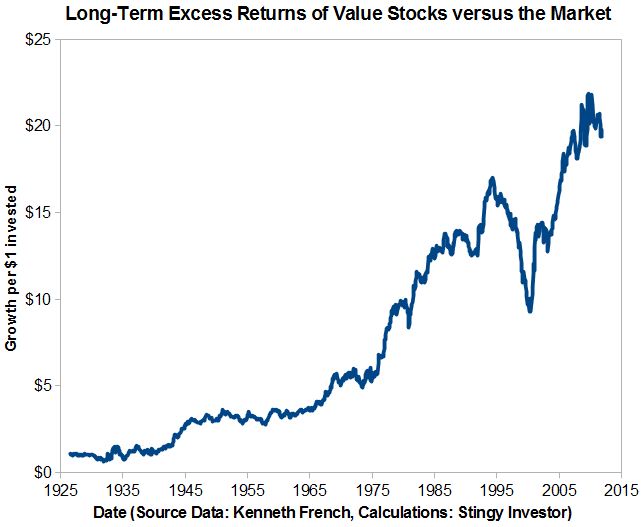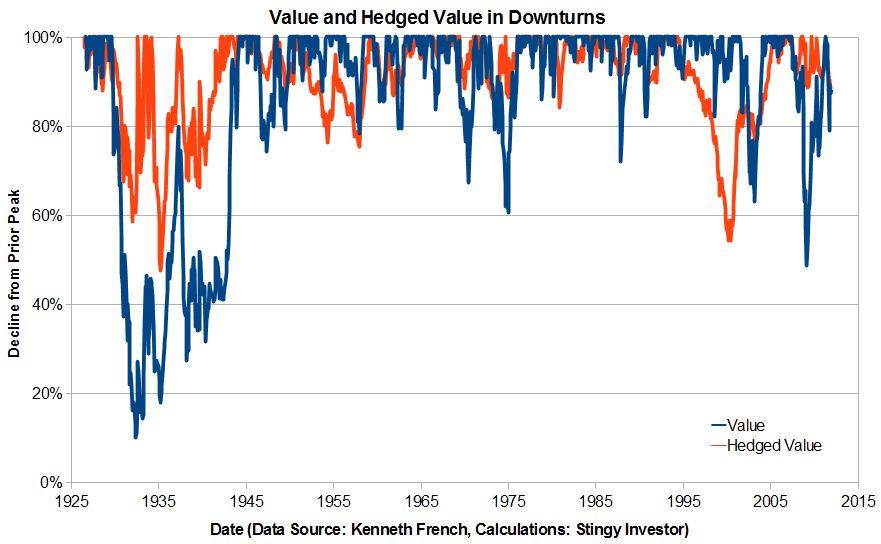Can Fairfax's bear market strategy work for you?
Prem Watsa is worried about the stock market. In fact, the famed value
investor and CEO of Fairfax Financial has hedged his company's stock
portfolio against a market downturn.
When an investor as successful as Mr. Watsa adopts such cautious
measures, should ordinary investors follow his lead? Let's take a look
to see if investing in value stocks while selling, or 'shorting,' the
broad market has worked - either as a permanent technique or as a
temporary measure when the markets are due for a decline.
To hedge its portfolio against the possibility of a bear market,
Fairfax takes out short positions against the S&P500 and Russell 2000,
selling the broad market indexes so the company will benefit if they
decline.
Although the hedge is of the same size as Fairfax's stock portfolio,
it does not specifically cover the value stocks that Mr. Watsa owns
(or as the pros say, is 'long' in). As a result, it is not an exact
hedge. There is a slight mismatch.
The accompanying graph gives some idea of how a similar long-short
strategy might work. It shows the returns that come from going long in
value stocks and shorting the broad U.S. stock market.

[larger version]
The value side of the equation is represented by the returns of the
second lowest 10 per cent (or decile) of stocks in terms of
price-to-book-value (P/B). Stocks with low P/B ratios are considered
classic value stocks. The second lowest P/B slice also happens to be
the top performing decile over the long-term.
The market is represented by the returns of the largest 30 per cent of
stocks by market capitalization. This approximates the S&P 500.
The data show that value stocks have outperformed over the long
term. A simple strategy of investing in value stocks would have
provided 12.4 per cent average annual returns.
Sticking to a hedging strategy through thick and thin would have hurt
your results. Going long value stocks while shorting the market
yielded only 3.5 per cent average annual returns.
But can shorting the market at least help protect your wealth in
downturns? The second graph addresses that question. It shows periods
when the long-short portfolio declined from its prior peak in
comparison to similar periods for buy-and-hold value investors.

[larger version]
The numbers say the long-short strategy did provide some protection
against the big value crashes of the past. Most notably it muted the
crash of 1929. It would have also helped during the 2008 debacle.
However, it isn't a surefire technique because it still suffered a 50
per cent decline in the 1930s. As a result, most investors should
probably avoid complicated hedging strategies and simply hide out in
cash during such periods. To make a shorting strategy pay off, you
have to be able to spot bear markets ahead of time. As a Fairfax
shareholder, I hope that Mr. Watsa's crystal ball has maintained its
clarity.
First published in the Globe and Mail, May 5 2012.
|
|